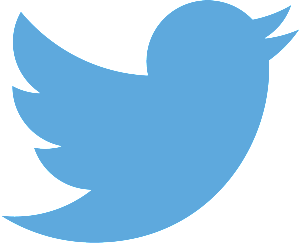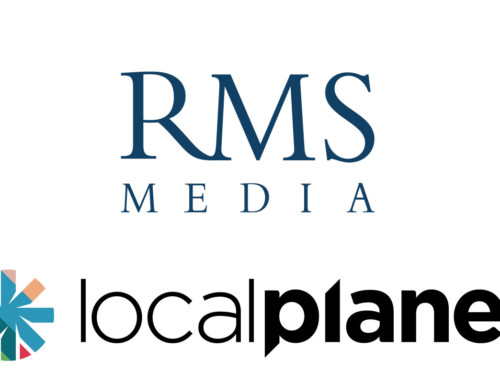What’s happening?
By Rob Smuts
During the last few years a profound change in consumer behaviour relating to broadcast television viewing has become evident. With the advent of personal video recorders (PVRs) and internet streaming of television shows through iTunes and other services, came a trend towards time shifting.
If you’re anything like me, you probably couldn’t wait for the day when you could watch television shows whenever you wanted, without regard for when the show was actually broadcast.
This phenomenon is called time shifting and it’s had a significant impact on television advertising. With the ability to time shift comes the secondary effect of not having to view commercials. These can simply be fast-forwarded and ignored at worst or, at best, viewed at an unspecified time in future.
News and live sport events are of course categories of television programming that are least affected by time shifting. But normal, run-of-the mill shows can be watched at any time and at one’s own convenience, right?
My favourite time, for instance, is to watch my top three television shows one after the other on a relaxed Sunday evening – once our three old is safely tucked up in bed!
In theory, time shifting worked for everyone. When PVRs first came to the market time shifting was all the rage. I certainly never missed an episode of Lost. I simply watched it when I wanted to. Just like me, individuals or small groups watching together shared their television experience with each other in the same room. But not in real time with anyone else.
Until Twitter disrupted time shifting.
When Twitter started reaching a sizeable audience, popular interactive television shows such as Idols began promoting participation via tweets to the show. People viewing the show tweeted their likes, dislikes, views and just about anything else.
Television and Twitter came together to unite people in different geographies around the same television show at the same time. For me, this social television trend became evident when I started following what others were saying about the rugby on Twitter. (Blaming the ref reached a completely different level!)
Today, experiencing a television show — especially amongst younger viewers — with others via a tweet stream is commonplace. Hash tags and other Twitter techniques have made it easy to follow a group conversation about a show.
It seems to me as if sharing, commenting and often dissing a television show, while others are doing the same, is now trumping time shifting. I think this is due to the added fun and experience of being able to easily tweet and respond via a mobile device as the plot unfolds. (Or, as the ref becomes increasingly one-eyed!)
This is great news for television advertisers.
Twitter knows television
Twitter has recognised social television as an important trend and advertising opportunity.
The newly listed micro-blogging site now offers a variety of ways for advertisers in the USA (and soon, India) to use the platform to inject themselves into the almost live consciousness of television viewers. Not long after a show is aired.
In statements published in May and July this year Twitter announced a product called television ad targeting: “How the world experiences television has fundamentally changed. We no longer watch television as a silent participant, rather as an active voice, sharing the experience as events unfold with people across the globe,” they explained.
“Television ad targeting enables marketers to engage directly with people on Twitter who have been exposed to their ads on television. Synchronized Twitter and television ad campaigns make brand messages more engaging, interactive and measurable.”
Wow! This changes the landscape for television advertising significantly, I’m sure you’ll agree.
Twitter uses advanced video fingerprinting technology “to automatically detect when and where a brand’s commercials are running on television.” The service then tracks who tweeted about the specific show in which the commercial aired and shares this information with a brand. This means the brand can then inject itself into the conversation.
Twitter tested the service between May and July and announced: “In our tests with brands like Adidas, Holiday Inn Express, Jaguar and Samsung, advertisers using television ad targeting saw significant improvements to key brand metrics, such as message association and purchase intent.
“During a handful of studies, users that Twitter identified as being exposed on television and then engaged with a promoted tweet, demonstrate 95% stronger message association and 58% higher purchase intent compared to users identified as being exposed on television alone.”
Nielsen also got into bed with Twitter and now officially tracks how promoted tweets impact brand metrics with its Nielsen Brand Effect for Twitter product. The research company recently launched Nielsen SocialGuide that found a statistically relevant link exists between live television ratings and related tweets.
But what about South Africa?
Although the Twitter advertising products that make the extension of television advertising possible is really exciting, we cannot yet combine television and Twitter to the extent that American brands can. But Twitter can still amplify your television advertising significantly.
Here are my top two Twitter-plus-television tips:
- Use appropriate hash tags in promoted tweets during the show in which you advertise. This will assist you in also reaching consumers on the second screen. (Remember to run your hash tag in your television creative. Create your own brand content with the same hash tag, too.)
- Target influential television bloggers with brand content. This means injecting your brand story into the consciousness of television aficionados. (Be careful though. Only run authentic brand content that benefits television viewing. No one needs a hard-sell approach during Breaking Bad. Only use an @ tweet after due consideration. Re-tweeting can work well.)
The Synergies of New and Traditional Media
So once again new and traditional media become strange bedfellows. Who would have thought that the cutting edge of digital communication would grow the value and extend the lifespan of live TV viewership.





